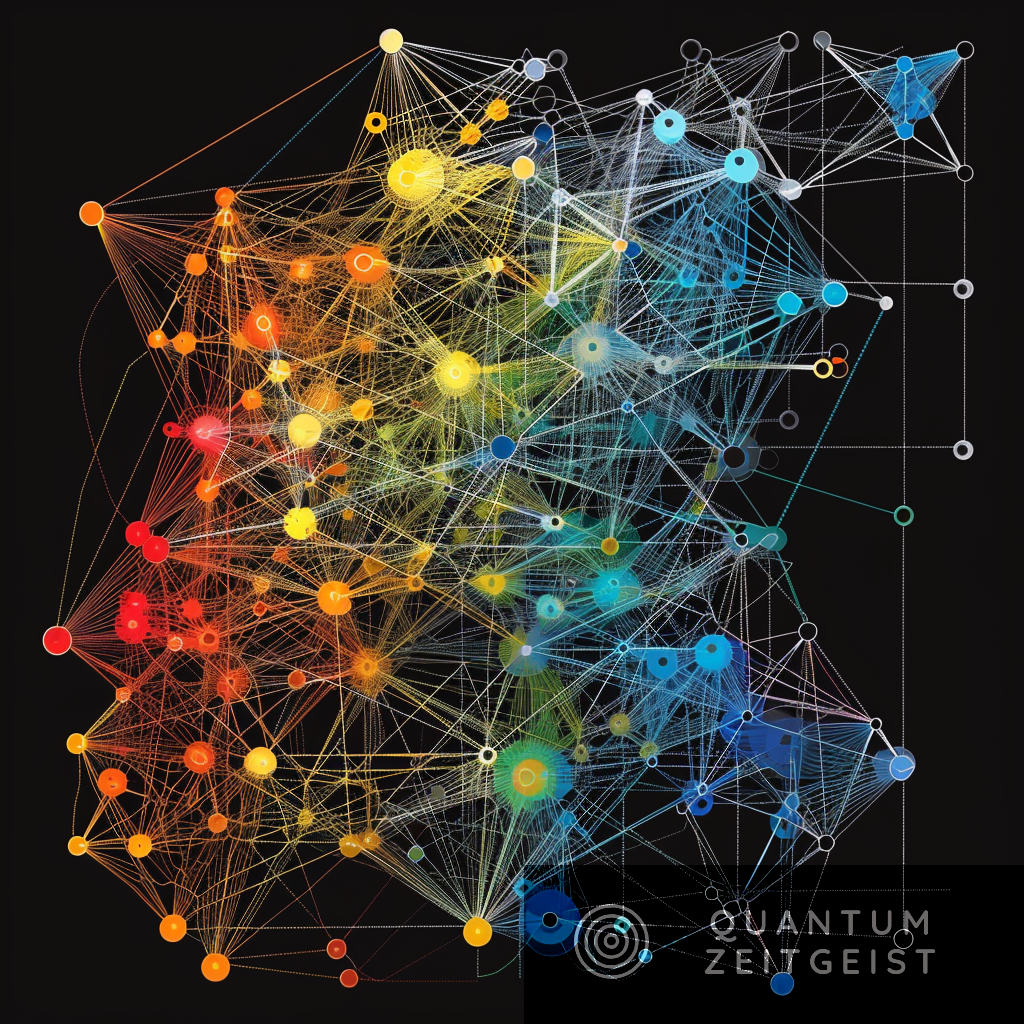The Maximum Clique Problem (MCP) is a computational issue that involves identifying the largest subset of vertices in a graph that are all pairwise adjacent. This problem, which can be compared to finding the largest group of friends at a party who all know each other, is a key model for various problems across different fields. Despite its importance and wide range of applications, no recent review has covered the latest developments in the past decade. This paper aims to fill this gap by providing a detailed review of recent literature on different and novel approaches to the MCP, including AI and quantum algorithms.
What is the Maximum Clique Problem?
The Maximum Clique Problem (MCP) is a computational problem that involves finding the largest subset of vertices in a graph that are all pairwise adjacent to each other. This problem can be likened to finding the largest group of friends at a party who all know each other. The decision version of this problem, the k-clique problem, is one of the first 21 NP-complete problems identified in computational complexity and is notable for its ability to model various problems in different fields. Consequently, the optimization version problem, i.e., the MCP, is NP-hard.
The term “clique” and the algorithmic problems associated with cliques originate from social sciences where complete subgraphs are used to model social cliques, which are groups of people who all know each other. The first algorithm for solving the clique problem, motivated by a sociological application, can be found in the literature. Clique-finding algorithms have been used in many scientific disciplines such as medicine, biology, mathematics, coding theory, economics, financial markets, wireless networks, telecommunications, cryptography, cybersecurity, social science analysis, and physics, to name a few.
The clique problem is not only useful for its broad range of applications but it is also related to some important combinatorial optimization problems such as Graph Coloring, Maximum Independent Set, Minimal Vertex Cover, Graph Clustering, and many others. All of these problems can be directly formulated as an MCP or require finding a maximum clique.
How has the Maximum Clique Problem been approached in the past?
Given its fundamental importance in science and the vast number of applications it has, several influential surveys on the MCP have been published over the years, with the three most influential surveys dating back to 1994, 1999, and 2014. As far as we know, no recent review has covered the latest developments in the past ten years. Moreover, there has been a significant advancement in algorithmic research, particularly in the areas of artificial intelligence (AI) and quantum algorithms. Various experiments and numerical analyses have been conducted on the MCP, which needs to be compiled into a comprehensive survey.
What are the novel approaches to the Maximum Clique Problem?
This paper seeks to address this gap by providing a detailed review of recent literature on different and novel approaches to the MCP. Our review will encompass classical algorithms and, for the first time, include AI and quantum algorithms. We will also offer suggestions and tips for testing and comparing these types of algorithms, as well as suggesting a new set of benchmark graphs for testing such.
How is the Maximum Clique Problem defined?
As stated in the introduction, the clique problem is a computational problem that involves finding subsets of vertices in a graph that are all pairwise adjacent to each other. In computer science and mathematics, a graph can have many different attributes. Here in this work, if not stated otherwise, we will refer to simple, finite, undirected, unweighted graphs. G is a collection of vertices, also known as nodes or sites, connected by edges, also known as links or arcs. The set of nodes is finite, there are no loops or double edges, the edges do not have directions, and there are no weights associated with nodes or edges.
What are the future directions for the Maximum Clique Problem?
Given the fundamental importance of the MCP in science and its vast number of applications, it is crucial to continue exploring novel approaches to solving this problem. The advancements in algorithmic research, particularly in the areas of AI and quantum algorithms, offer promising avenues for future research. This paper provides a comprehensive review of these recent developments and offers suggestions for testing and comparing these new types of algorithms. It also proposes a new set of benchmark graphs for testing such algorithms, paving the way for future research in this area.
Publication details: “A Short Review on Novel Approaches for Maximum Clique Problem: from
Classical algorithms to Graph Neural Networks and Quantum algorithms”
Publication Date: 2024-03-13
Authors: Raffaele Marino, Lorenzo Buffoni and Bogdán Zaválnij
Source: arXiv (Cornell University)
DOI: https://doi.org/10.48550/arxiv .2403.09742

